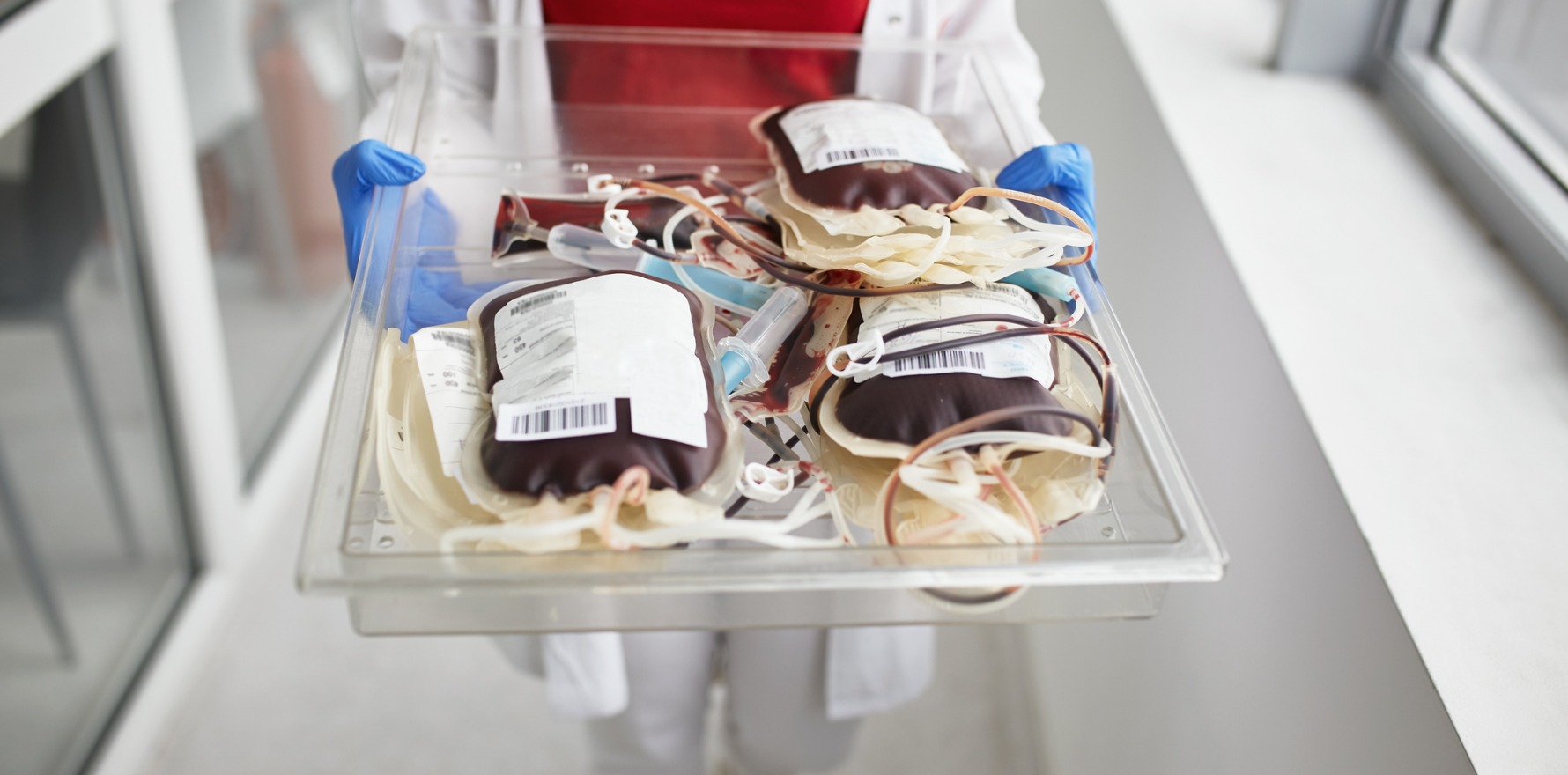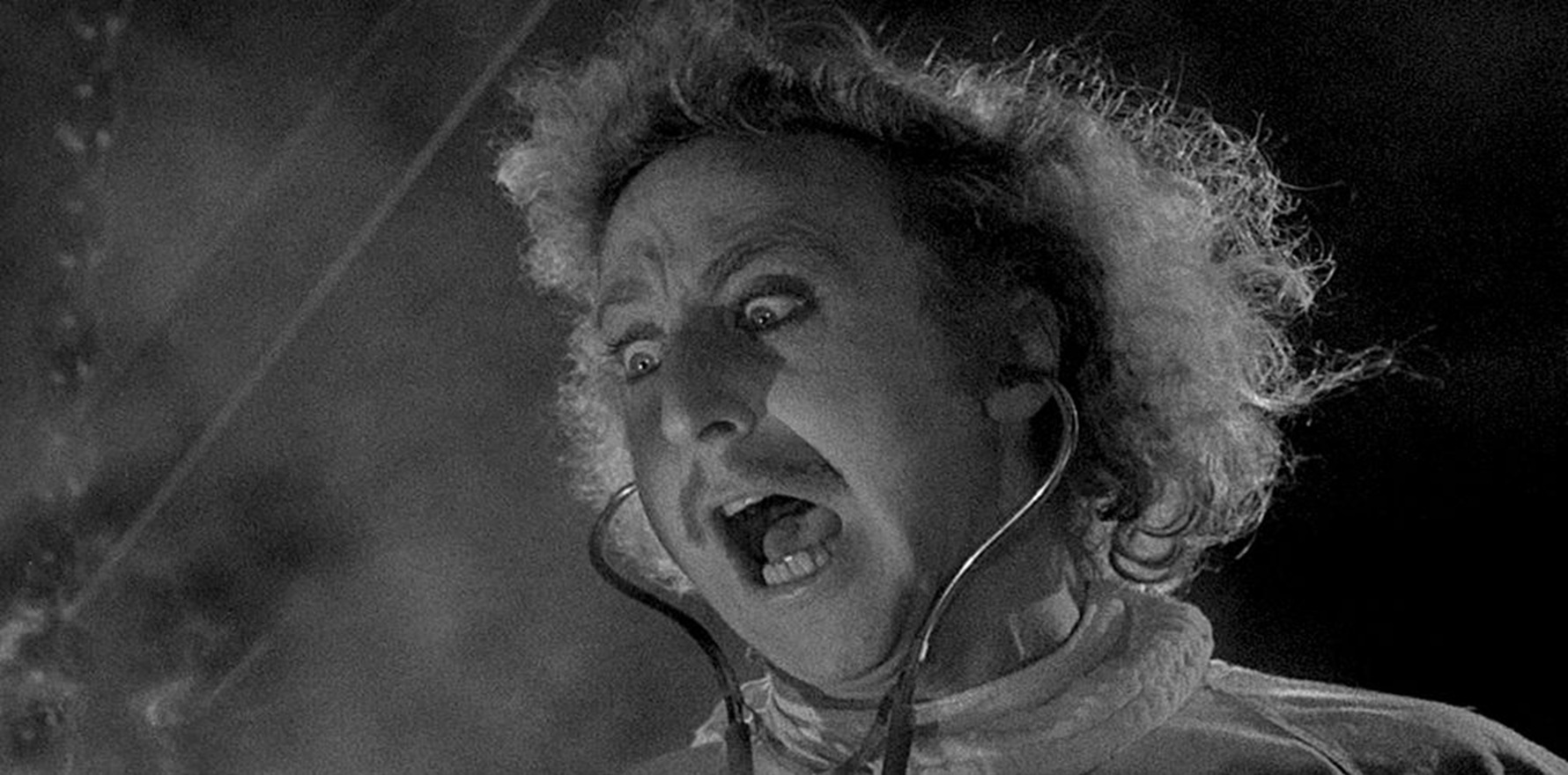A recent study has revealed factor VIII doesn’t always form all eight of its disulfide bonds, leading to an autoimmune response that inhibits haemophilia A treatment effectiveness.
Particular combinations of disulfide bond pairs are more common – and problematic – than others, new research reveals.
Haemophilia A is caused by a deficiency in or dysfunction of plasma coagulation factor VIII, one of the 13 factors involved in the blood clotting pathway.
New Australian-led research, published in Blood Advances, has revealed that the eight disulphide bonds in FVIII – the bonds that link sulphur atoms in pairs of cystine amino acids – do not always form correctly, which can lead to haemophilia treatment being less effective.
“We had previously discovered that other blood clotting proteins, including fibrinogen, exist in what we call different disulfide bonded states,” said Dr Aster Pijning (PhD), a biomedical scientist from the University of Technology Sydney who was involved in the current research.
“Factor VIII is such a clinically relevant protein, and there are many issues with factor VIII that could do with optimisation to improve therapeutic outcomes. Given the last few years of our data, we thought that [disulfide bond heterogeneity] might be the norm rather than the exception, at least in clotting proteins.”
Examining plasma-derived human FVIII revealed that between 10 and 70% of FVIII molecules had at least one unformed disulfide bond, although the specific combination of unformed bonds varied between molecules. For example, the C1918-C1922 bond was unformed in roughly 70% of human FVIII molecules sampled whereas the C1851-C1877 bond was unformed only 10% of the time.
Unformed disulfide bonds in FVIII can increase the likelihood of anti-FVIII antibodies that bind to replacement FVIII administered to patients as part of their therapy. The researchers also showed that the anti-FVIII antibodies prefer to bind to FVIII when two or three of the disulfide bonds are significantly more unformed – specifically the C1918-C1922, C2040-C2188 and C2193-C2345 bonds.
“When we created mutants of FVIII where we took out each of the disulfide bonds, we found that when we then went back to look at antibody bindings with those mutant proteins, we could replicate that increased binding,” Dr Pijning explained.
“That’s why we can conclude that there are increased affinities for these patient-derived antibodies to certain subsets where particular bonds are missing.”
Related
Dr Pijning told Haematology Republic that identifying the specific disulfide bonds that are missing, therefore increasing the chances of an immune response, could have implications for novel treatment approaches – although the postdoctoral research associate conceded this was still a long way down the track.
“Something similar happened with insulin – I think it was a Japanese group – where they replaced a disulfide bond with a [more stable] diselenide bond and went on to show that that version of insulin had increased stability and sustained activity in rats,” she said.
“Those sorts of modifications are perhaps something that could be done to increase the stability or decrease the antigenicity of FVIII down the line.”
Dr Pijning felt studying disulfide bond heterogeneity in other proteins could have broad applications.
“Whilst obviously we’ve focused on FVIII here, [when] I think [about] these discoveries about different disulfide bonded variants of proteins having either different activity or antigenicity, I feel that the same principle can apply to other protein therapeutics, and that’s something that is not quite yet appreciated,” she told HR.





